Three Ways the New World of Work will Impact Change
9/29/2022
Photo by Chris Montgomery on Unsplash
Well, the verdict is in. We’re never going back to the office! A few weeks ago, responding to a friend’s post, I mused: “what’s going to happen when people just don’t go back”. Well here we are. So what does this all mean for change?
Implementing change in a virtual or hybrid setting is different, but no more difficult. Where in the past, we would rely on a lot of:
1. Using digital tools instead of face-to-face meetings
One of my favorite exercises that will go 100% virtual in the future is process mapping. While I love a good whiteboard and sticky note, there are great digital tools out there that can bring a collective experience into the virtual realm easily. We currently use a whiteboard application that allows individual users to brainstorm, add, map and discuss while using a Realtime collaborative meeting tool with video or voice. What is wonderful about this approach is that the work can be accessed outside of the meeting and worked on independently. All of the work and iteration remains 100% transparent to the team.
Interactions in the digital space will need to be planned carefully until they become more routine. Like anything it is going to feel more difficult at first, but will get easier. Think about using polling and reaction tools, hybrid video/voice collaborative work spaces and messaging with some enhanced features like huddles, quick meetings, file share and other built-in tools.
2. Politics and informal power structure will become less visible and weaker
Few of us miss the water-cooler schmooze sessions and political dealings at lunches and behind closed doors. Working remotely eliminates the requirement to participate in these office social events. Going forward people will have the strongest relationships with those they work with closely and looser connections with others. Power structures will more closely follow the organizational structure as there are fewer opportunities to develop ancillary power structures. Influence and politics will be more local, within teams.
From the perspective of change, the team will become the central locus that you’re working with, so rather than stakeholders or persona-based systems, understanding how each team works is going to be most important.
3. Written communications and video will dominate
Change leaders, you’re going to have to brush up on your communication skills, and quickly! While all-staff or town hall meetings may still happen, they will be focused on a few things, and likely won’t have room for a lot of change messaging, even if the “change” is an enterprise one. This is where competition for people’s attention will become important. Getting your key messages clear, and getting comfortable with short video formats is going to be very important. Video and audio material will be the front-runners and written communications, like posts, content for microsites and newsletters will be the cornerstones of change communications going forward. Learning and retaining information in a digital environment works best when:
a. Its short
b. Its audio AND visual together
c. There is always new content or new information
Since we know it takes at least 7 times to hear a message before it sinks in, you’ll need to work this into your communications approach. Short and sweet, and then repeat.
How else do you think the changes in the world of work will affect change? Are there any I’ve missed?

